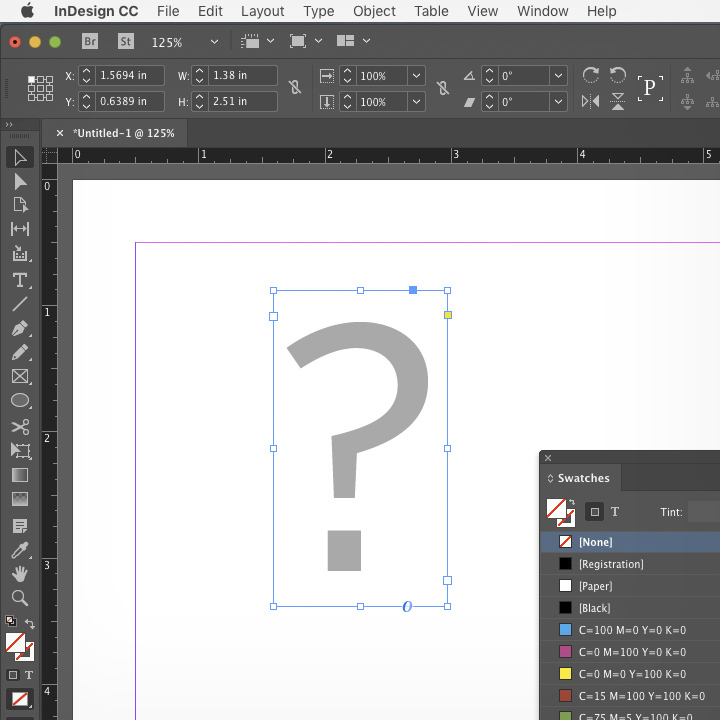Here’s the rub: Design is opinion. There is no “right” way of doing things—no structured, hierarchal reality to design that can be articulated like algebra or law. I dare say, most designers like to think of themselves as rule-breakers—not as conforming to the status quo.
That said, there’s certainly value in understanding some of the many design theories declared over the years by educators and how-toers—but keep them in perspective. Have you ever met a designer who went down a checklist of design “principles” to layout an ad? I haven’t. Yes, proximity, whitespace, alignment, hierarchy, and such seem to apply to a fair number of situations, but is it because they are truths or because most designers are taught to conform to them?
I’m not saying theory is unimportant, I’m just saying I don’t think it holds the key to you finding your voice (and opinions) as a designer.
Design, to me, is more of a lifestyle than a craft—designs are designers because they see design in all aspects of life.
“Good” designers are (in my experience) multifaceted, interesting people who follow all types of pursuits—they are craftsmen, cooks, illustrators, writers, artists, do-it-yourselfers, and so on—knowledgable enough about life and the world that they have developed a vision people gravitate to.
Rather than asking if design can be learned, ask instead if the way you visualize, form, and present ideas is worthy of someone paying you to do it. Are you thinking deeply and creatively enough to convince the client that your vision for who they are and how they should present themselves is more compelling than their own.
And don’t panic if the answer is no—if you’re not confident that your ideas are ready for prime time, latch on to someone else’s opinions for a while. Go to work for the person you believe has the best, most profound opinions on the planet. If you have a passion for it, I have no doubt you will come away with opinions of your own.
I guess that’s a yes.



